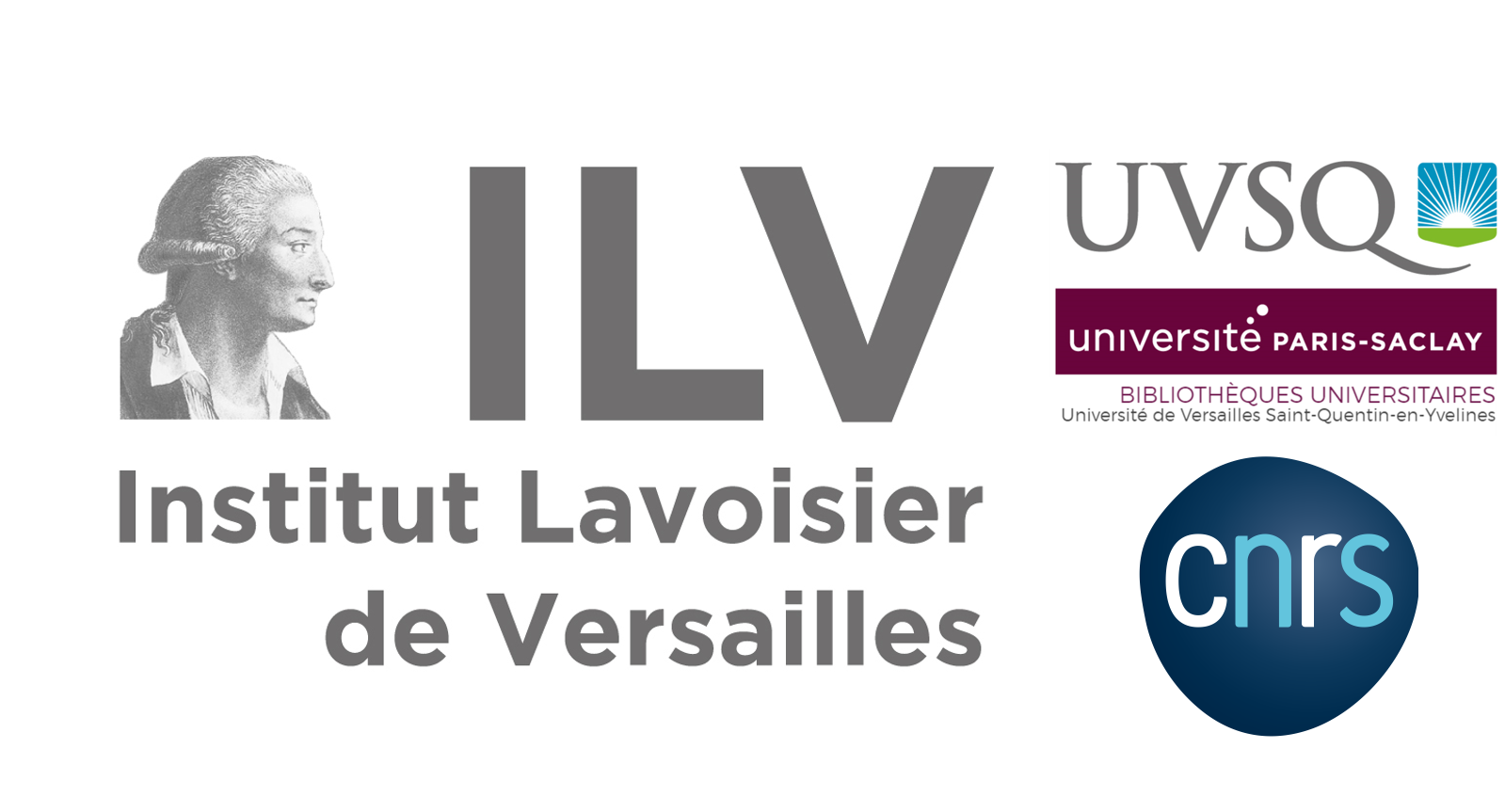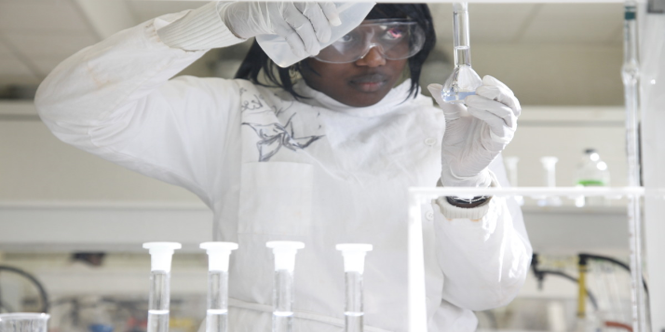Optimized Ni-assisted graphene transfer to GaAs surfaces: Morphological, structural, and chemical evolution of the 2D-3D interface
Résumé
Large surface transfer is a long-standing challenge for applications that require stacking 2D and 3D materials with only a limited number of combinations and techniques currently found in the literature. We report a systematic study of CVD graphene transfer to GaAs surfaces by mechanical exfoliation from Ge(1 1 0) substrates using highly stressed Ni layers. A uniform contact at the 2D-3D interface, achieved by aircushion pressing, enables a high yield of the transfer process to GaAs and other substrates exceeding 95% of the initial surface over cm-scales. Raman spectroscopy verifies that the crystalline quality of the transferred graphene is similar to that of the as-grown graphene, with its initially high compressive strain partially relaxed and no unintentional doping. After a two-step selective etching of the Ni layer in H2SO4: Sodium-n nitrobenzene sulfonate: thiourea (Transene etchant TFG) and HCl, we studied the surface chemistry of the resulting graphene/GaAs surfaces by X-ray photoelectron spectroscopy (XPS). Undoped GaAs remains unoxidized during the transfer process with an increase of the As-As related peaks due to preferential Ga dissolution during the acid-based deoxidation and etching processes, whereas p-type GaAs in contact with graphene showed corrosion damage attributed to a galvanic process with graphene acting as the cathode. This work provides new insights on the potential and processing constraints of dry-transferred graphene/GaAs heterostructures.
Domaines
Chimie
Fichier principal
 Revised manuscript_unmarked.pdf (435.92 Ko)
Télécharger le fichier
Revised manuscript_unmarked.docx (1.89 Mo)
Télécharger le fichier
Revised manuscript_unmarked.pdf (435.92 Ko)
Télécharger le fichier
Revised manuscript_unmarked.docx (1.89 Mo)
Télécharger le fichier
| Origine | Fichiers produits par l'(les) auteur(s) |
|---|

